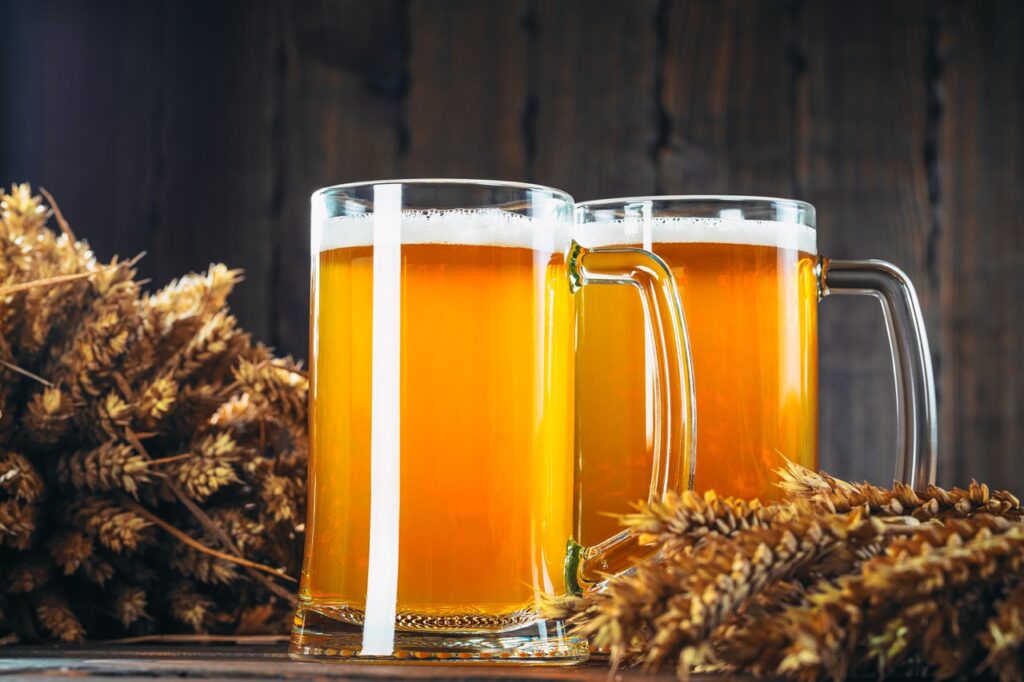As a couple, finding an activity that you both enjoy can bring you closer. One activity that offers fun, challenge, and a delicious reward is home brewing. Whether it’s beer or wine, home brewing allows you to create something together, learn about the science behind the process, and enjoy the fruit of your labor. This guide will introduce you to the essentials of home brewing for couples.
Understanding the Basics of Home Brewing
Brewing at home is a process of fermenting grains or fruits to create alcoholic beverages. Beer brewing involves fermenting malted grains (usually barley), while wine-making uses fruit, typically grapes. This fermentation process is made possible by yeast, a microorganism that consumes the sugars and produces alcohol.
Necessary Equipment for Home Brewing
Before embarking on your home brewing journey, it’s essential to gather the right equipment. Here’s a basic list:
- Fermenter: This is where the magic happens. The fermenter is a container that holds your brew during fermentation.
- Airlock: The airlock allows carbon dioxide produced during fermentation to escape while keeping oxygen out.
- Sanitizer: Cleanliness is crucial in brewing. Any bacteria or wild yeast can ruin your batch, so everything that touches your brew must be sanitized.
- Hydrometer: This tool measures the specific gravity of your brew, which helps you determine the alcohol content.
For beer brewing, you’ll need additional items like a brew kettle, a stirring spoon, a thermometer, and a strainer. For wine, you’ll need a wine press and a corker.
Basic Techniques in Home Brewing
Let’s dive into the brewing process for beer and wine.
Beer Brewing:
- Malting: This involves soaking the grains in water, allowing them to sprout before drying them in a kiln.
- Mashing: The malted grains are then soaked in hot water to convert remaining starches into fermentable sugars.
- Boiling: The liquid, now called wort, is boiled with hops for flavor.
- Fermenting: The wort is cooled and transferred to a fermenter, where yeast is added. Fermentation typically lasts one to two weeks.
- Conditioning: The beer is allowed to mature, developing flavors and carbonation.
- Packaging: The beer is transferred into bottles or kegs, ready for enjoyment!
Wine Making:
- Crushing and Pressing: The grapes are crushed and pressed to extract the juice.
- Fermentation: Yeast is added to the juice, which consumes the sugars and produces alcohol.
- Clarification: The wine is transferred to a new vessel, leaving behind sediments. Additional clarification may be done using fining agents.
- Aging and Bottling: The wine can be aged in barrels or bottles to develop complex flavors.
Starter Recipes for Home Brewing
Starting with a simple recipe can help you understand the basics. Here are two starter recipes for beer and wine.
Beer: Pale Ale
Ingredients: malt extract, crushed specialty grains, hops, yeast, priming sugar.
Instructions: Steep the grains in water, add malt extract, boil with hops, cool the wort, add yeast for fermentation, bottle with priming sugar for carbonation.
Wine: Grape Wine
Ingredients: grapes, sugar, wine yeast, yeast nutrient.
Instructions: Crush and press the grapes, add sugar and yeast, ferment, clarify, age, and bottle.
Remember, brewing is part science, part art. As you grow more confident in your brewing skills, you can start experimenting with different ingredients and techniques.
The Joy of Brewing Together
Home brewing can be a rewarding hobby for couples. It requires collaboration, patience, and creativity – all qualities that can strengthen your bond. More importantly, it’s an enjoyable journey leading to a product that you can savor together, perhaps on a quiet evening or when entertaining friends and family. So, why not roll up your sleeves, pop the yeast, and immerse yourself in the world of home brewing?
Please note that home brewing involves the production of alcoholic beverages. Always consume responsibly and in accordance with legal drinking age regulations in your area.
